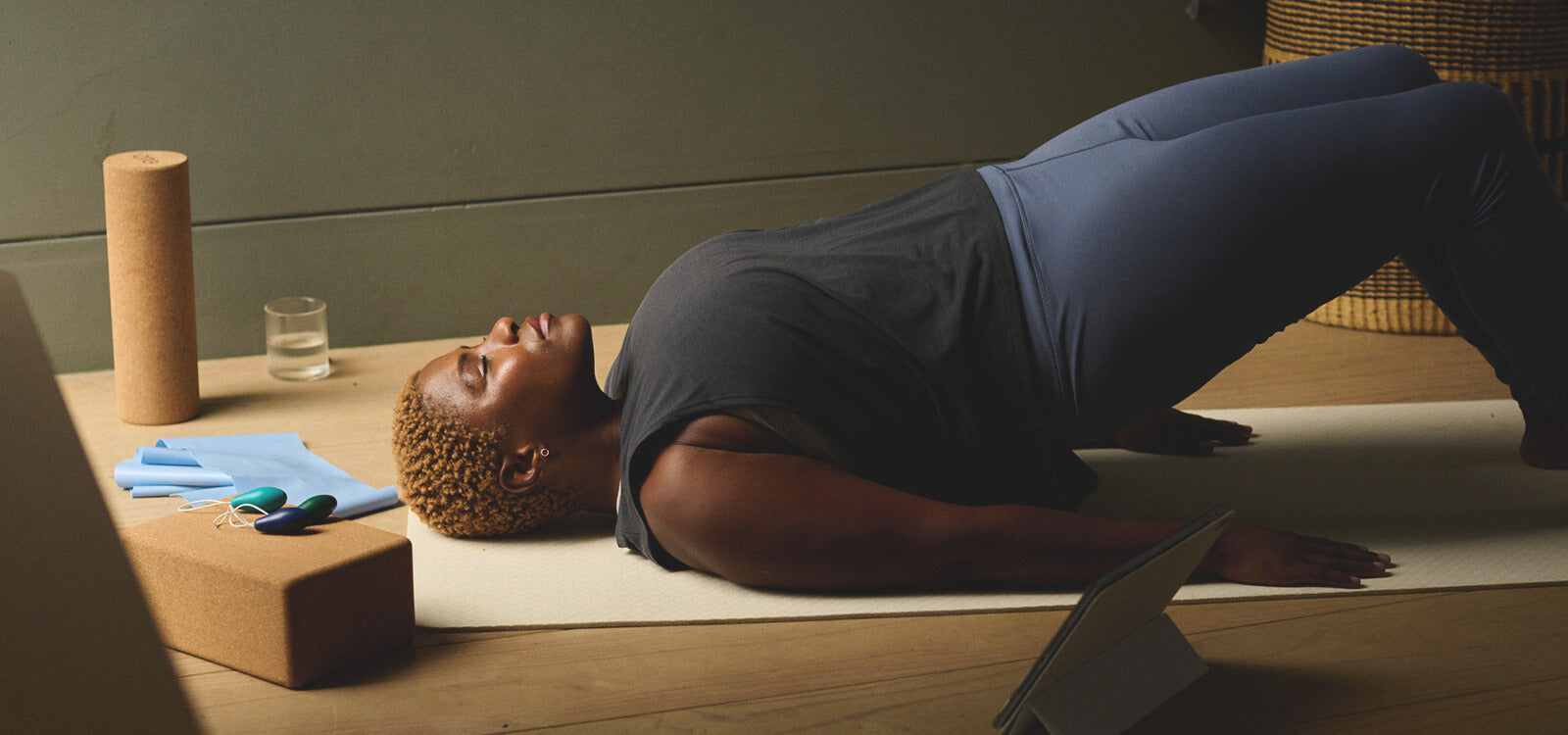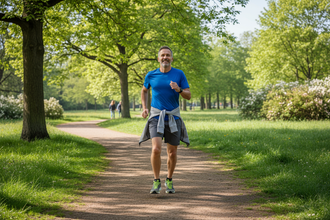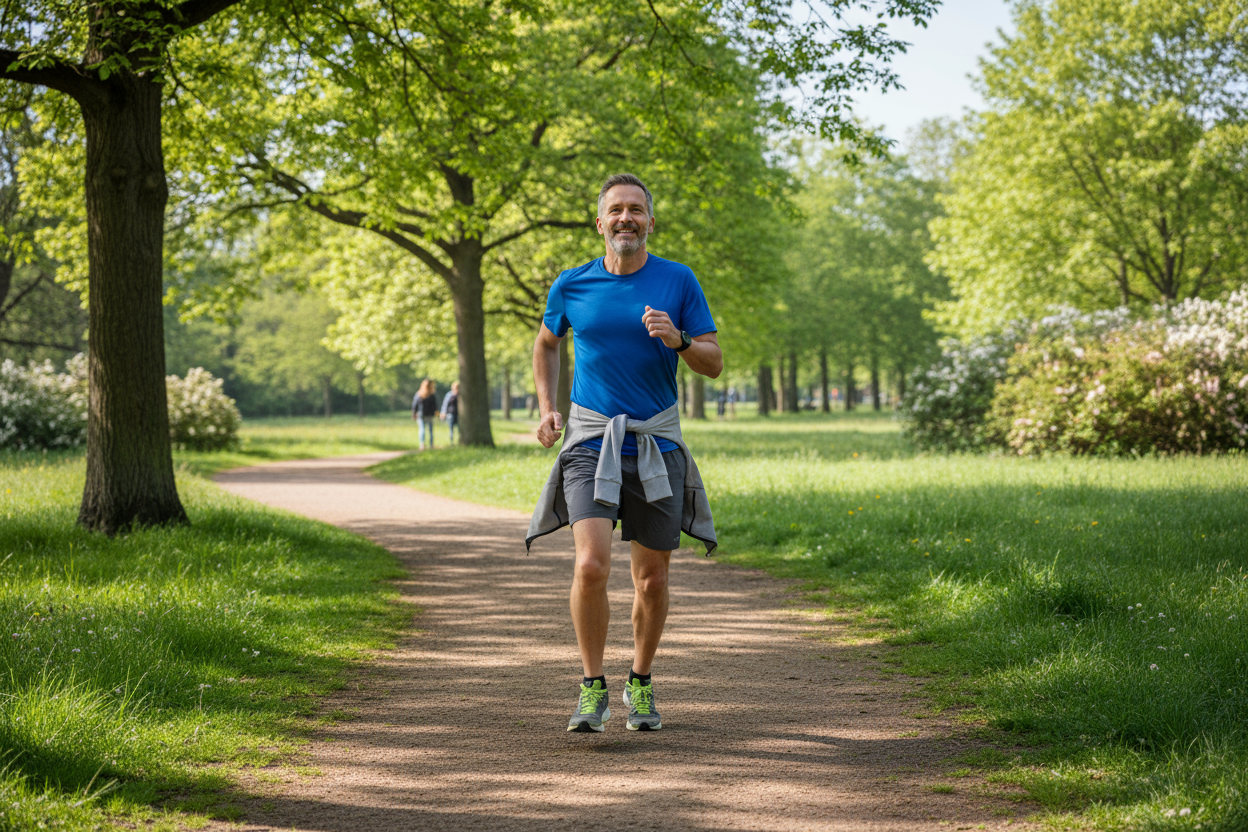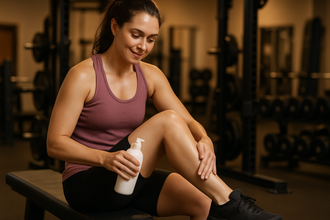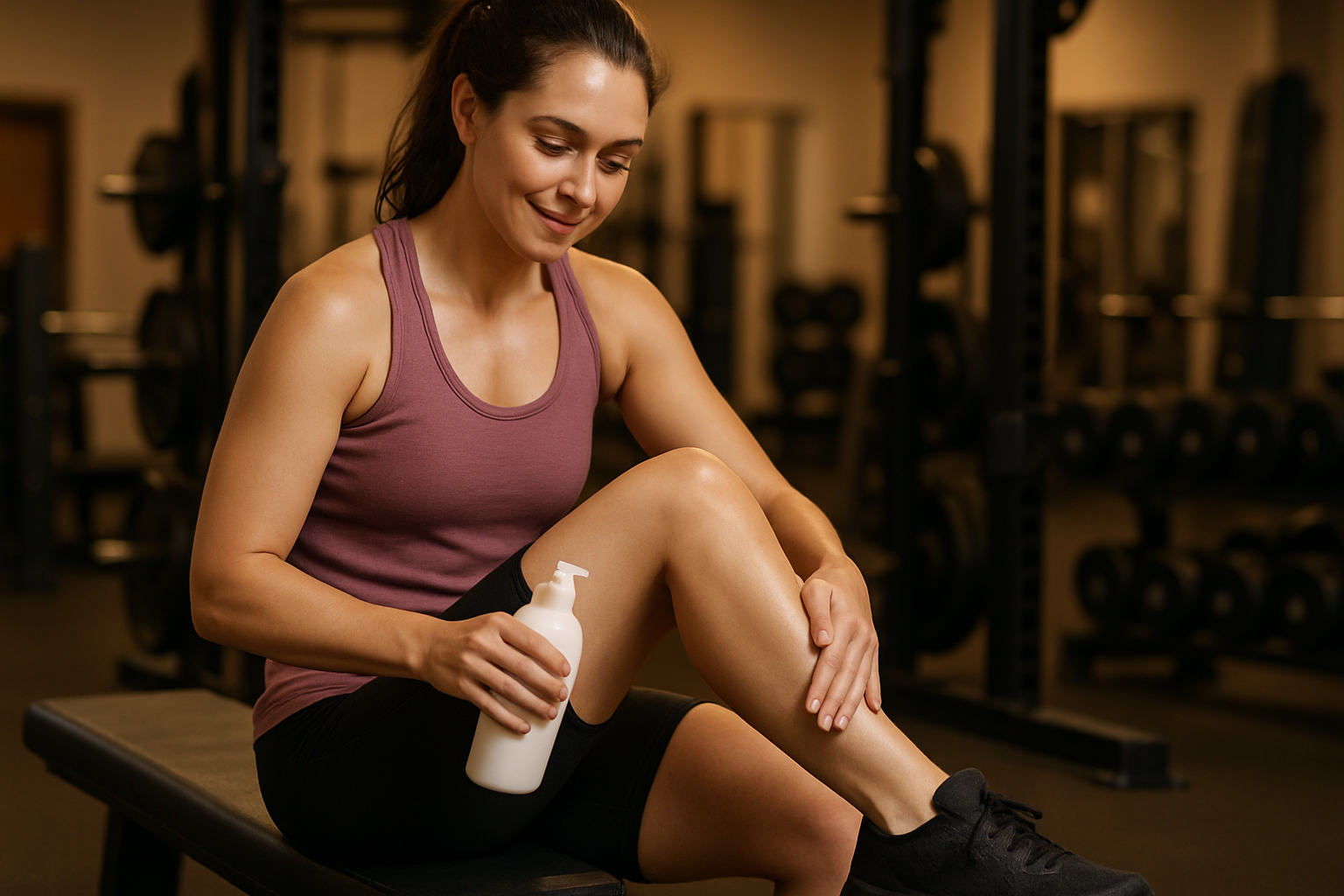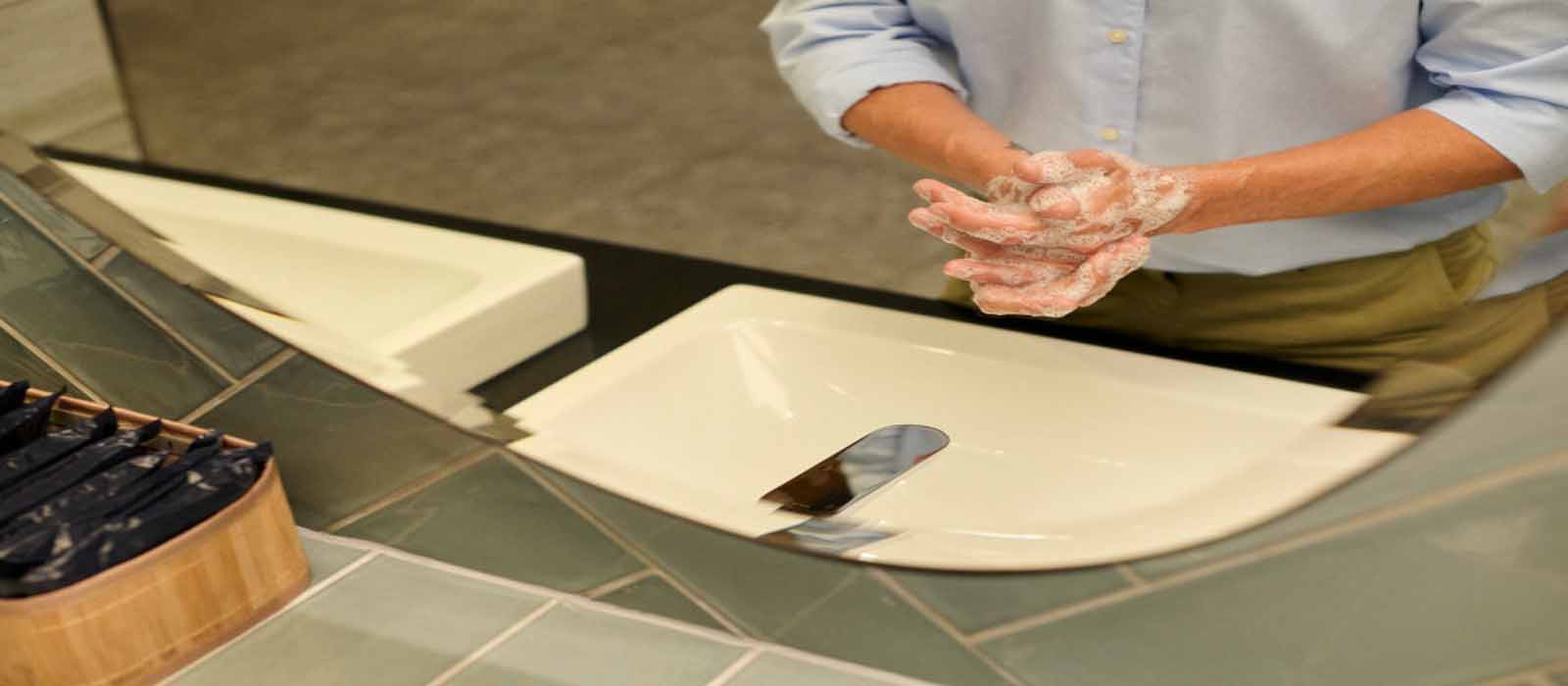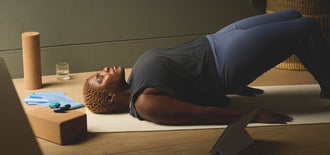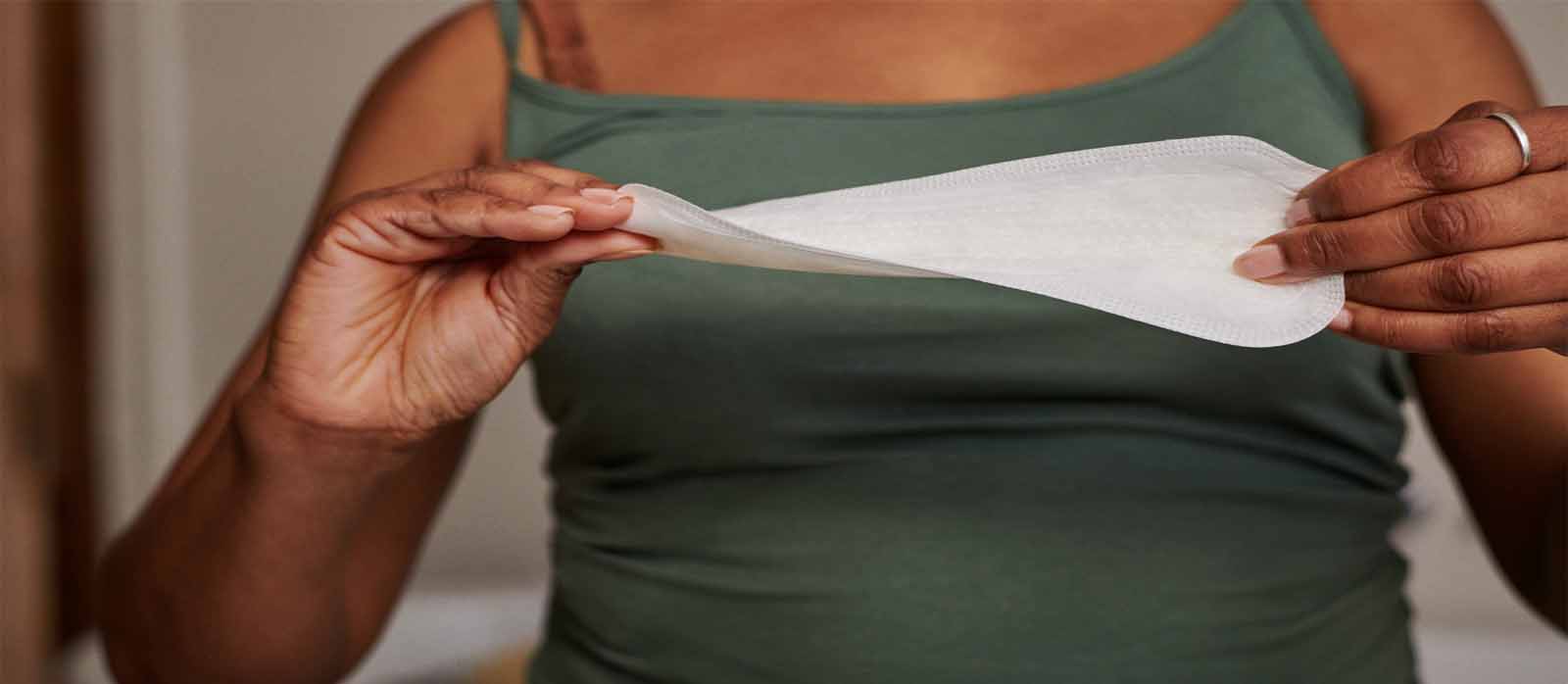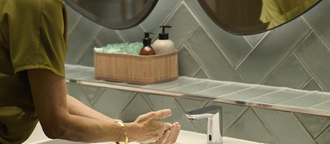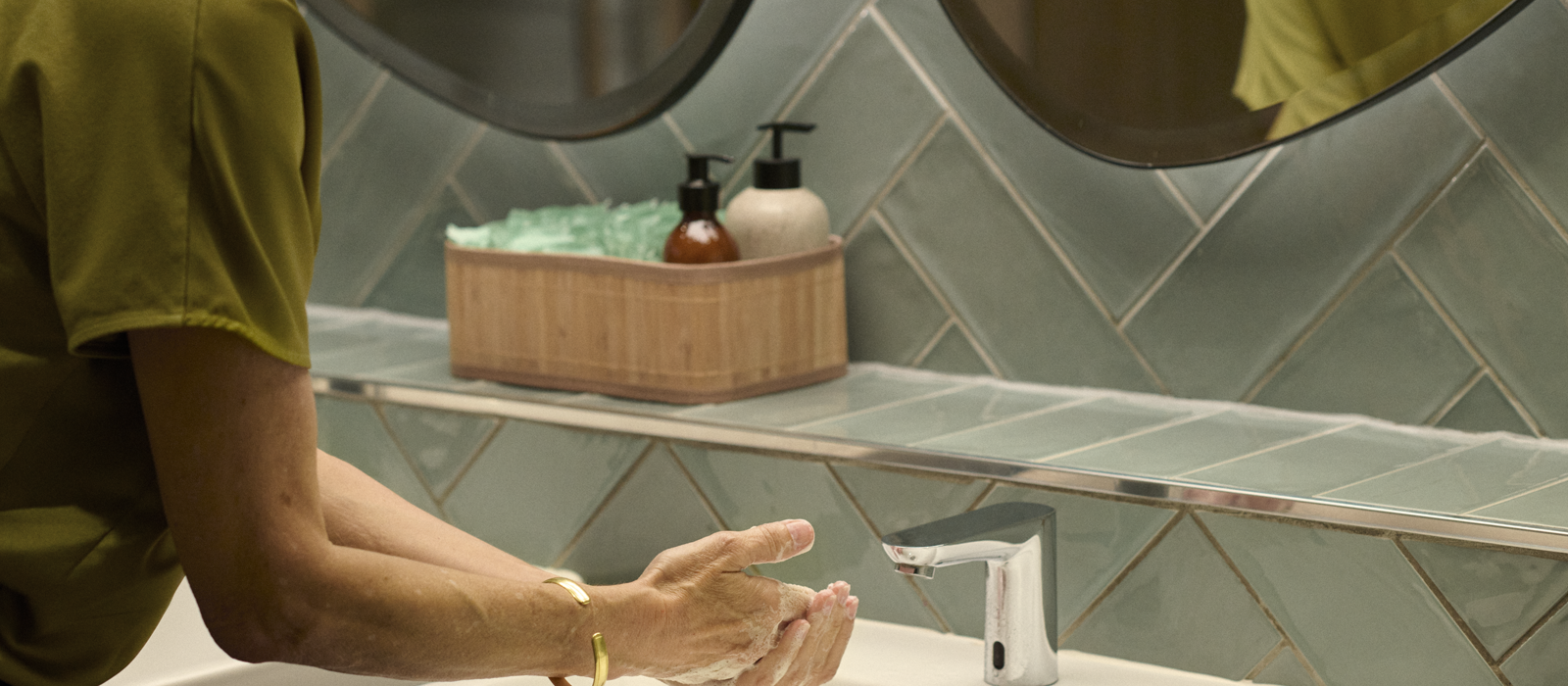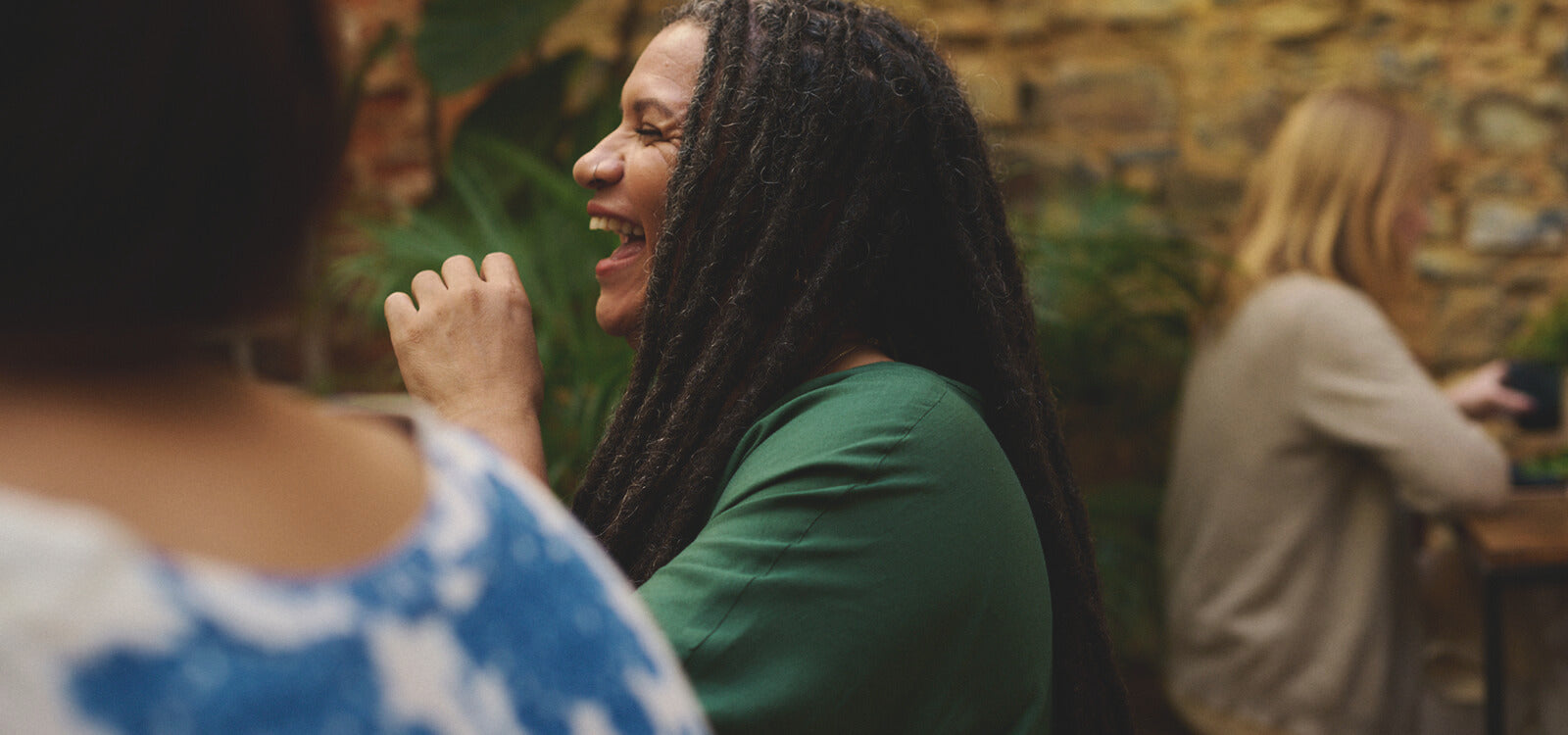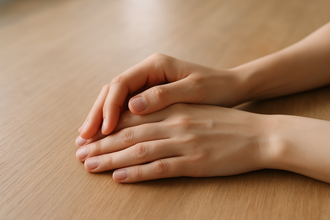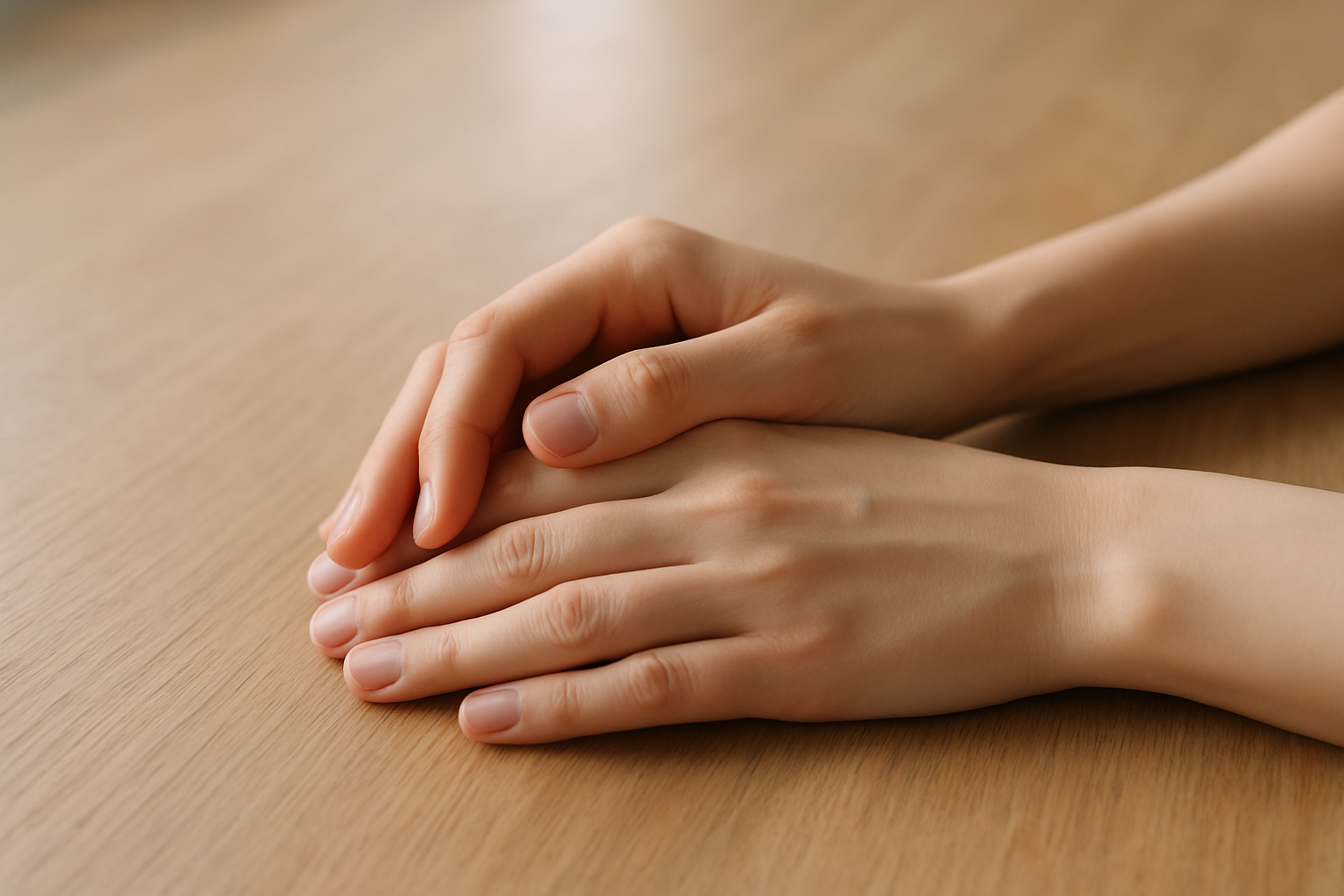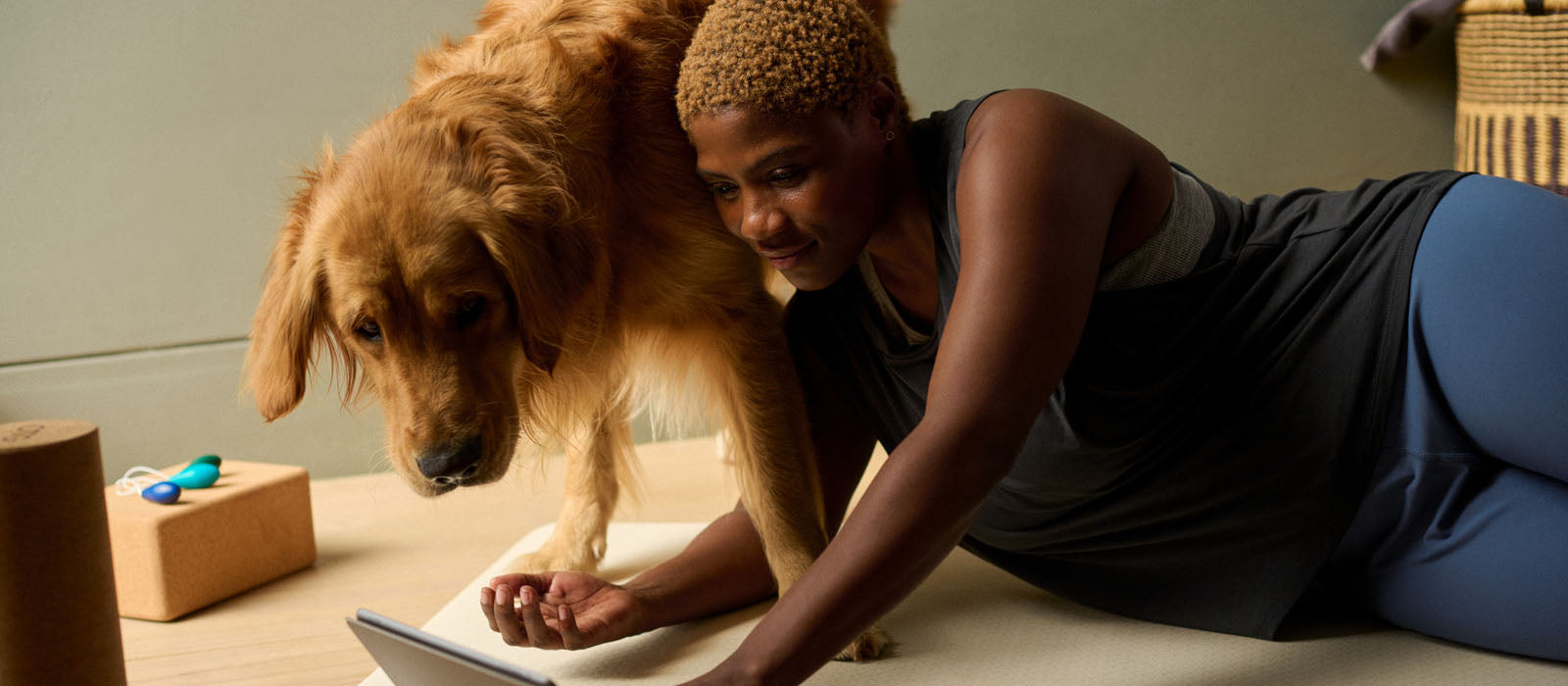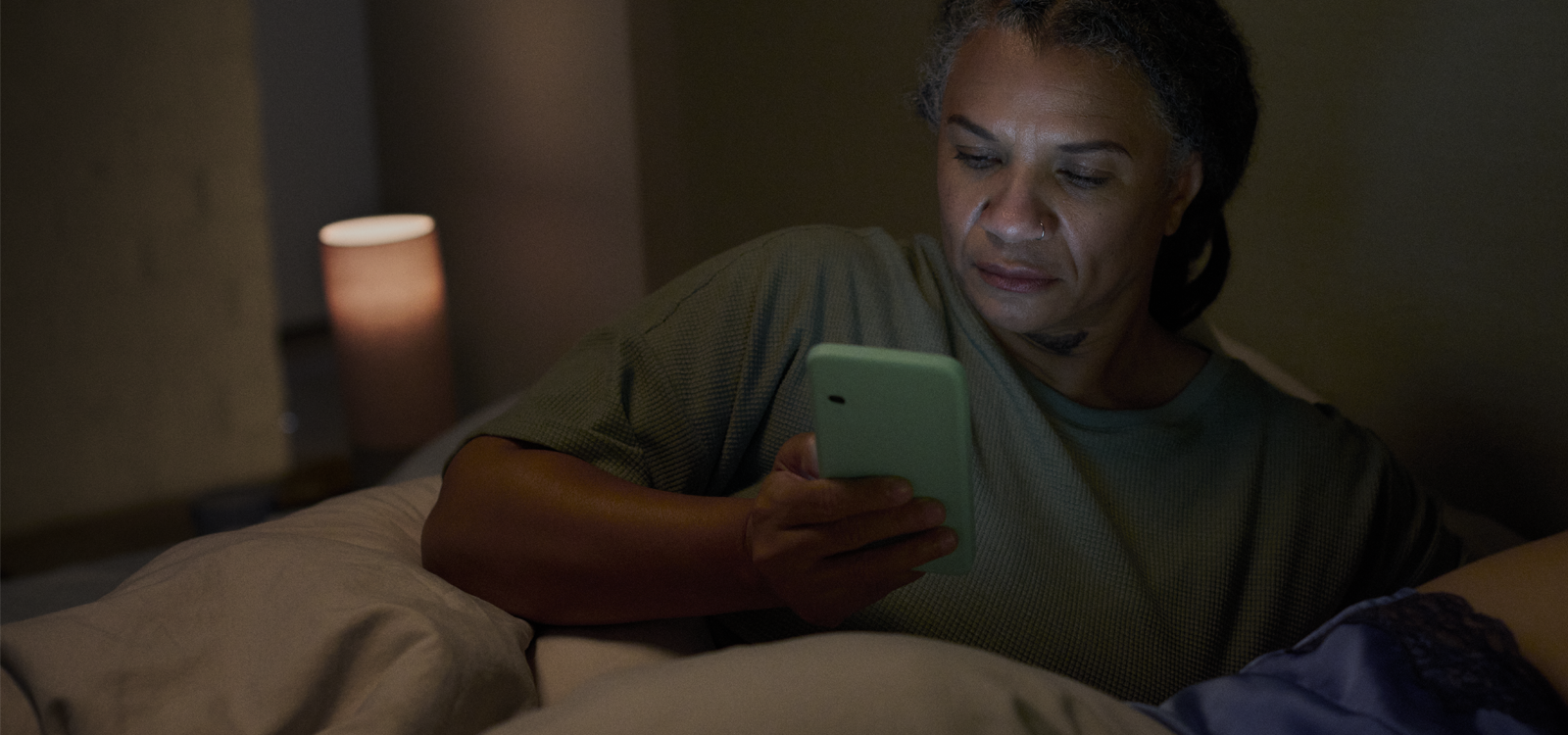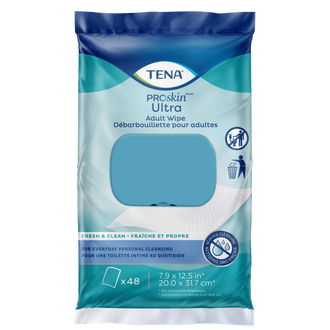May 08, 2025
Bladder leaks aren’t exactly dinner-table talk, but they’re more common than you think. Whether it’s a little leak when you laugh or a sudden, urgent need to go, bladder weakness (urinary incontinence) affects millions. The good news? It’s manageable, and yoga might help. Since yoga strengthens the core and pelvic floor muscles, it could improve bladder control. Let’s explore how often bathroom trips are actually normal and what bladder weakness really means.
How Often Should You Pee?
Ever wonder if you’re running to the bathroom too much or maybe not enough? On average, most adults pee about seven or eight times a day.1 But this isn’t a one-size-fits-all number. Your daily trips to the toilet depend on things like how much water you drink, what you eat, and even your age.1
For example, if you’re guzzling coffee or tea all day, you’ll probably need to go more often (caffeine acts like a diuretic).1 On the other hand, if you’re dehydrated, you might notice that you don’t go as often, and your urine may be darker in color. Ideally, healthy urine should be a light-yellow shade, which shows you’re well-hydrated.
If you find yourself running to the bathroom every 30 minutes or waking up multiple times at night just to pee, it might be worth looking at your habits or even chatting with a doctor.1 Sometimes, frequent urination can be a sign of things like bladder irritation, infections, or even diabetes, so it’s good to keep an eye on any big changes.1
What is Bladder Weakness?
Bladder weakness (often called urinary incontinence) means that your bladder isn’t always cooperating with you, often causing unintentional urine leaks.2 While it can be annoying (or downright frustrating), it’s incredibly common and nothing to be ashamed of!
There are different types of urinary incontinence, including:
- Stress incontinence: Leaks that happen when you laugh, cough, sneeze, or exercise because of added pressure on the bladder2
- Urge incontinence: That sudden “I need to go NOW” feeling, often followed by leakage2
- Mixed incontinence: A combination of stress and urge incontinence (double trouble, but still manageable2
- Overflow incontinence: When your bladder doesn’t empty completely, leading to constant dribbling2
Bladder weakness can be caused by a bunch of things, like pregnancy, menopause, certain medications, lifestyle, or even chronic constipation.2 But here’s the thing: it’s not something you just have to live with. There are plenty of ways to improve bladder control, and yoga might just be one of them.
What Is the Pelvic Floor?
The pelvic floor is a group of muscles that act like a supportive hammock at the base of your pelvis.3 These muscles hold up important organs like the bladder, uterus (in women), and bowel, helping control urination, bowel movements, and even sexual function.3 They also play a big role in core strength and stability.
When the pelvic floor is strong, everything stays in place and functions smoothly. But if these muscles become weak or too tight, it can lead to issues like bladder leaks, lower back pain, or discomfort during exercise or intimacy.3 That’s why keeping your pelvic floor in good shape is key to bladder control and overall well-being.
How to Find Your Pelvic Floor?
Want to try it yourself? Here are two simple ways to locate these muscles:
- The Stop Test: The next time you’re urinating, try stopping the flow mid-stream. The muscles you activate are your pelvic floor muscles.3 (But don’t do this regularly—it’s just a test!)
- The Lift Technique: Imagine gently pulling your pelvic muscles upward3, like you’re lifting a small marble inside you. The movement should feel subtle, not forced.
Once you’ve found your pelvic floor muscles, you can start strengthening them through targeted exercises like yoga.
Can Yoga Help Strengthen Pelvic Floor Muscles?
Absolutely! Yoga is more than just stretching. It’s a powerful tool for strengthening the muscles, including your pelvic floor,4 improving bladder control, and boosting overall well-being. Through a combination of mindful breathing, body awareness, and targeted poses, yoga can help engage and tone the muscles that support your bladder and pelvic organs.
Yoga also supports pelvic floor strength through:
- Mindful breathing (diaphragmatic breathing): Deep, controlled breathing activates the core and pelvic floor muscles, improving coordination and relaxation.5 Proper breathwork also reduces tension, which can help if your pelvic floor is too tight.
- Body awareness: Yoga encourages you to connect with your body, making it easier to engage the right muscles, especially when strengthening the pelvic floor. Over time, this awareness improves muscle control and bladder function.
- Targeted poses: Certain yoga poses, like bridge pose, Malasana (squat), and cat-cow, gently activate and strengthen the pelvic floor.4,5 These movements promote stability, endurance, and flexibility in the muscles that control urination.
Studies suggest that yoga can be an effective way to improve pelvic floor function. A new study published in the Annals of Internal Medicine found that women who struggled with urinary incontinence can benefit from yoga.4 After 3 months, participants saw improvements in incontinence episodes, with benefits being on par with incontinence medications.4
The 3 Best Yoga Poses for Your Pelvic Floor Muscles
These three yoga poses are highly recommended by specialists for strengthening the pelvic floor and improving bladder control. Through mindful movement and breathing, they help engage and tone the muscles that support your pelvic organs.
Cat (Marjaryasana) and Cow Pose (Bitilasana)
- Start in tabletop position. Make sure your hands are aligned with your shoulders and knees are under hips.5
- Inhale for cow pose. Arch your back, lifting your chest and tailbone. Engage your pelvic floor as you extend your spine.5
- Exhale for cat pose. Round your back, drawing your belly in and lifting your pelvic floor.5
Benefits: This flowing movement helps activate the pelvic floor with each breath, improving control and strength.
Mountain Pose (Tadasana) With Block
- Stand tall with feet hip-width apart, placing a block between your thighs.
- Gently squeeze the block while lifting your chest and engaging your pelvic floor.
- Breathe deeply as you ground your feet and lift your spine.
Benefits: This pose strengthens the pelvic floor and core, helping build control and tone through the squeeze of the block.
Child’s Pose (Balasana)
- Kneel on the floor, sitting back onto your heels with knees together or wide apart.
- Extend arms forward, lowering your forehead to the floor.
- Engage your pelvic floor gently as you breathe deeply and relax.
Benefits: This restorative pose promotes relaxation while softly engaging the pelvic muscles, helping strengthen and release tension.
Building a Stronger Pelvic Floor, One Pose at a Time
Incorporating these yoga poses into your routine can help strengthen your pelvic floor and improve bladder control. With consistent practice, you'll build muscle tone, enhance flexibility, and boost your overall well-being.
FAQs
Can You Do Kegel Exercises During Yoga?
You can mix Kegel exercises with your yoga practice to give your pelvic floor a solid workout. Here’s how to add them into a few poses:
- Bridge pose: As you lift your hips, squeeze your pelvic floor muscles, holding the Kegel for a few seconds.5
- Chair pose: While holding the pose, gently engage your pelvic muscles as you bend your knees.
- Mountain pose: Stand tall and squeeze your pelvic floor as you ground your feet.
- Cat-cow pose: As you exhale into cat pose, engage your pelvic floor, then relax as you inhale into cow pose.5
The benefit? Not only are you strengthening your pelvic muscles, but you’re also improving body awareness and control. It’s a win-win!
References
1. Cleveland Clinic. ‘Frequent Urination’. 2025. Available from: https://my.clevelandclinic.org/health/symptoms/15533-frequent-urination
2. Cleveland Clinic. ‘Urinary Incontinence’. 2023. Available from: https://my.clevelandclinic.org/health/diseases/17596-urinary-incontinence
3. Cleveland Clinic. ‘Pelvic Floor Muscles’. 2023. Available from: https://my.clevelandclinic.org/health/body/22729-pelvic-floor-muscles
4. Stanford Medicine. ‘Low-impact yoga and exercise found to help older women manage urinary incontinence’. 2024. Available from: https://med.stanford.edu/news/all-news/2024/09/yoga-exercise-incontinence.html
15. ScienceDirect. ‘The relative activation of pelvic floor muscles during selected yoga poses’. 2023. Available from: https://www.sciencedirect.com/science/article/abs/pii/S174438812300049X
2. Cleveland Clinic. ‘How and Why To Do Pelvic Floor Exercises’. 2024. Available from: https://health.clevelandclinic.org/how-to-do-pelvic-floor-exercises
